What is a good, informative, descriptive, and interesting essay or article?
For effective writing, a writer doesn’t need to feel that he is writing only a descriptive story or an essay or whatever. It is a very hard task to write an expository writing, so you can buy custom essay online. A person having the ability to write a story in a simple language is a good writer.
The purpose of writing an essay is to make a reader understand more clearly. According to the common critique, the word essay is generally used in essay writing’s imprecise meaning. There are many kinds of essays, and all have their advantages and disadvantages. Every essay should be considered in its purity. The essay attempts to scientifically analyze a subject and explain why it is good or bad.
What is a good essay? To do this, you need to learn all the basic rules of writing. Do not think, when reading a story, “what a boring article, is the text okay?” You need to read it and learn to write it.
The Essay with Five Paragraphs
Basic high school or college essay writing guidelines dictate that five paragraphs make up an essay. Learn what each type of paragraph should contain because this will help you in your writing endeavors.
Paragraph 1: Introduction
It includes a brief analysis of the subject, the question, or the problem. It can also include a preview of what the essay will contain. In this paragraph, you need to answer the questions “what’s the topic?” and “why should someone want to read it?” The introduction should also include a clear thesis statement.
Stress should be brought to the forefront to keep the reader from drifting off. Make sure the first paragraph holds some interest to keep the reader interested throughout the essay.
Paragraph 2: Body 1
The body of the essay is where you develop and prove your thesis statement. This is where you tell the whole story. Use examples and details to support your claims. Do not simply say, “it was cold outside yesterday,” instead write, “the thermometer read minus fifteen degrees Celsius when I went outside to get the paper at 7:45 am”. It is better to include many specifics.
Paragraph 3: Body 2
This is where you provide details that support your thesis. If you wrote in detail in the essay’s body, you could let your keyboard talk again in the third paragraph. This paragraph typically states some statistical or anecdotal evidence in support of your argument. You can write about how you looked at weather reports before going out in the morning or after getting home. The point is to give the reader good reasons to think the way you do.
Take an action that you demonstrate in the second paragraph and use that example to express a certain theme you wanted to mention to the reader. If this second paragraph displays examples from your own life, you will be more believable.
Paragraph 4: Body 3
This paragraph should add more depth to your writing and provide the reader with more information. It should not repeat what is said in the last paragraph as you want the reader to gain more information from your essay. State what you have found out about a subject or what you would do if you were in a situation like the one you discussed in the body paragraphs.
Paragraph 5: Conclusion
This is the paragraph where you tie the first three parts of your essay together. It should give the reason why you think your thesis statement is true. Here, you need to summarize the rationale of your entire essay. Summarize the purpose of the essay, what you have learned, and what you have come to believe. A final sentence or two, reflecting on how you feel about your subject is a good way to wrap up an essay.
